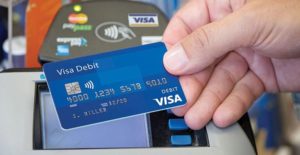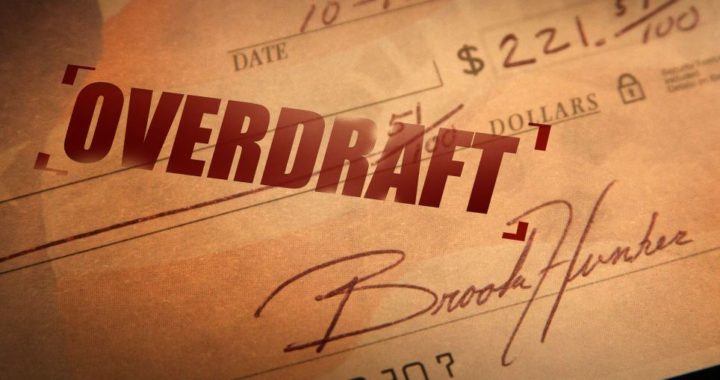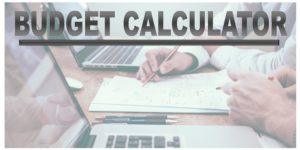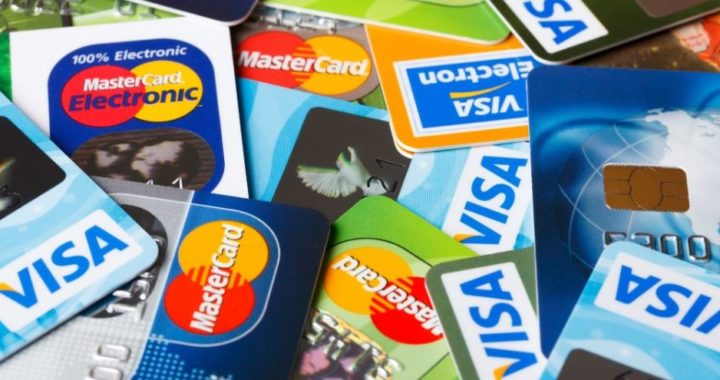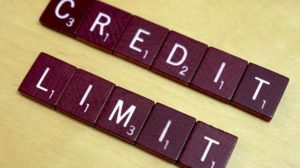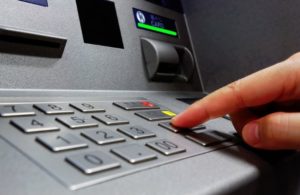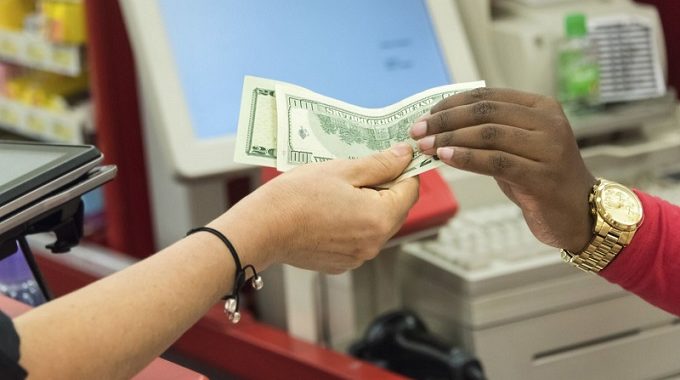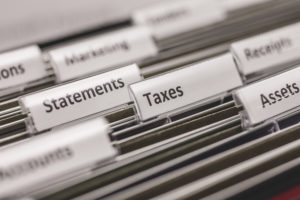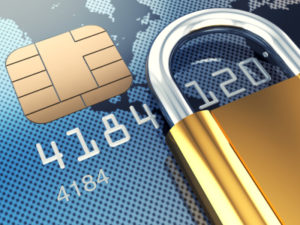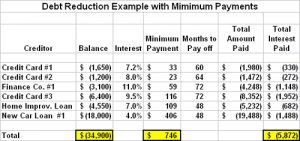Pay in cash, writing a check and using a debit card are three different ways to do the same thing: to transfer some of your money to someone else. Let’s explore the advantages and disadvantages of each method of payment.
Pay In Cash
Stores (and people) are almost always happy if you pay them in cash. Here are some disadvantages if you pay in cash.
- Security – If you have a significant amount of cash on you there’s always a risk that it can be lost or stolen, and if that happens then it’s gone forever. Businesses like when custom pay in cash, at a certain point even they can have security concerns as well. For example, you generally can’t bring a suitcase full of $100 bills to a reputable car dealer to pay for a vehicle in cash. Why? Because that much cash is a pain for a business: they’ve got to count it, store it, guard it, transport it to the bank, etc. In summary, while cash is good, too much cash is a problem.
- Trans-portability – When you pay in cash you generally need to do so in person, because there are risks obvious involved in sending cash in the mail or in providing someone else with cash so that they can pay a financial obligation on your behalf. In other words, while there’s no harm in putting a $5 bill in your nephew’s birthday card, it wouldn’t be wise to send your daughter to school with a sack full of cash so that she could pay her out-of-state college tuition. No, in that case you would have to make the long, inconvenient trip to the tuition office.
“If You Pay In Cash While Traveling Be Extra Careful To Hold On Tightly To Your Cash!”
- Record-keeping – When you pay in cash it can be very difficult to remember where it all went. For example, let’s say that you recently got $100 in cash from an ATM, but now you have just $30. Where did the other $70 go? Hmmmm, let’s see. You got some gas and you grabbed a bite to eat…but it seems like there was something else. Was there? Again, with cash it can be hard to remember.
- Supply – If you underestimate how much cash you need then your purchasing options will be limited (unless you can easily obtain more cash). On the other hand, if you overestimate how much you need then you’ll end up with too much, and that could create security and/or record-keeping issues discussed above (not to mention the temptation to just spend it).
Note that I’m not suggesting that you should never pay in cash. In fact, I think it’s a good idea to have a certain amount of cash with you at all times, because sometimes there really is no substitute for it. However, for the reasons listed above, I don’t believe that using cash is a safe, efficient or effective means for paying most of your financial obligations.
Paying With A Debit Card Versus Writing A Check
You should be aware that if you pay in cash you know this isn’t the best way to pay for most things. Now let’s explore the advantages and disadvantages of using a debit card versus a check.
Convenience
A debit card is a more convenient means of paying for things than a check for several reasons.
- A debit card is more compact than a checkbook, which makes it easier to carry around with you.
- When you pay with a check you have to take the time to write out who it’s to, the date, the amount, etc. When you pay with a debit card all you have to do is swipe it though the payment processor and enter your PIN and, voila, the transactions is done (although waiting on the payment processor can sometimes take awhile).
- You can run out of checks, but if you have a debit card then you can make as many purchases as you want as long as you still have money in your account.
Despite the convenience of debit cards, there are simply times when using one won’t work. For example, try paying the babysitter with a debit card and see what kind of look you get. No, if you’re out of cash in a situation like that then only a check will do. Also, while practically all major stores have payment processors, some small businesses still don’t. In any case, despite these examples to the contrary, more often than not debit cards are a more convenient means of payment than checks.
Related Article On Budgeting Methods Using Debit Cards
Store Returns
A store return goes more smoothly if you made the purchase with a debit card rather than a check. For example, let’s say that you bought something at a store and the next day you realize it’s defective. Assuming that you choose to return it (as opposed to simply exchanging it for the same item), if you made the purchases with a debit card then you can immediately get a refund in 1 of 2 ways.
- The store will put a credit back on your debit card equal to the amount they charged you for the item or
- The store will give you a cash refund.
By contrast, if you paid for same item with a check then your experience would likely be much different. That’s because many stores have a policy that they won’t issue refunds for check-related returns until 10-14 days after the purchase, primarily because they want to make sure that your.
Record-Keeping
Are you now sold on using a debit card? Well, don’t toss away your checkbook just yet. Knowing how much money you have to spend at any given time is a critical element of effective money management, and keeping complete and accurate records of your financial transactions is an important part of that. For example, if you start out with $1,000 in your checking account then it’s pretty obvious that you have $1,000 to spend. But how much money do you have left after a few days? What about after a few weeks, or even a whole month? The only way you can know for sure is to accurately update your checking account balance based on your records of deposits and withdrawals.
Now keeping your checkbook updated may sound pretty easy. After all, it’s just a little addition and subtraction, right? Yes, that’s true in theory, but in practice it can be very challenging to stay on top of how much money you have (or don’t have!), because financial transactions tend to generate piles of paper that you have to sort through: store receipts, ATM slips, billing statements, contracts, warranties, disclosures, bank statements, etc. Thus, the more you can do to simplify your financial records, the easier it will be to maintain a handle on how much money you have at any given time.
Record-Keeping Benefits From Checks
Now, assuming that you have carbon checks, writing checks is one of the ways that you can improve your record-keeping. What are carbon checks and how do they help? A carbon check consists of an actual check (meaning the check you give to someone for payment) that is affixed to a carbon copy of the check that you keep for your records. Thus, whenever you write a check that has an associated carbon you end up with two records of a transaction. The first is the store receipt, and the second is the carbon copy of the check. By contrast, if you pay for something with a debit card, the only record you have of the transaction is the store receipt.
Another thing that makes checks better than debit cards for record-keeping purposes is that they’re sequentially numbered. This is useful because it makes it very easy to tell if you’ve missed accounting for a transaction. For example, let’s say that you have carbons for checks 1000-1010 in front of you, but upon closer inspection you realize that the carbon for check 1006 is missing. What does that tell you? It means that you need to figure out what happened to that check, because until you account for it then you won’t know for sure how much money you actually have. But what if you still can’t find the carbon for check 1006 after searching through your financial records? How are you going to figure out who yo`u made it out to and how much it was for? By accessing your bank account online you should be able to view a photographic image of any check that you’ve written.
Related Article On Cash Budgeting Method Explained
Summary Of Record-Keeping
In summary, if you’re able to keep perfect records of all of your financial transactions then, theoretically, it shouldn’t matter whether you pay for something by writing a check or using a debit card. However, life is real, not theoretical, and it’s not uncommon to periodically (or even frequently!) lose track of some of your ATM or debit receipts over the course of a month. As a result, paying for things with a check is a safer bet from a record-keeping point of view.
Security (Identity Theft)
Identity theft is when someone illegally uses the personal information of someone else to fraudulently obtain money, goods, or something else in the victim’s name. For example, you would be a victim of identity theft if someone ordered a credit card in your name and then used it to make purchases. While both checks and debit cards carry risks as far as identity theft is concerned, thousands of people use them every day without any problems. If that’s true, to what extent should you use (or not use) checks and debit cards as a method of payment?
A full discussion of identity theft is beyond the scope of this article, but for now I will say that determining the degree of security you need for identity theft isn’t much different than determining how much security you need for your car. For example, is it enough to lock your car doors when you go into the store, or do you need a full-blown security system? The answer depends on many factors: how much your car is worth, its make and model (some cars are more prone to theft than others), the incidence of theft in your neighborhood, as well as (and probably most importantly) the degree of protection you feel that you need in order to have a reasonable degree of comfort/peace of mind.
So when it comes to identity theft, my recommendation is to educate yourself on how it can happen as well as the various strategies you can employ to minimize your risks. That will enable you to make an informed decision on how to handle your finances in terms of security.
Summary of Pay in Cash, Checks and Debit Cards
While it can feel really good from a psychological point of view to “pay in cash” for everything using cash, checks or a debit card, there are significant advantages to making purchases with a credit card if you can pay off your balance in full and on time each month.
The important thing is to be aware of the strengths and weaknesses of the each payment method and to adopt the one that best suits your needs for a particular transaction.
